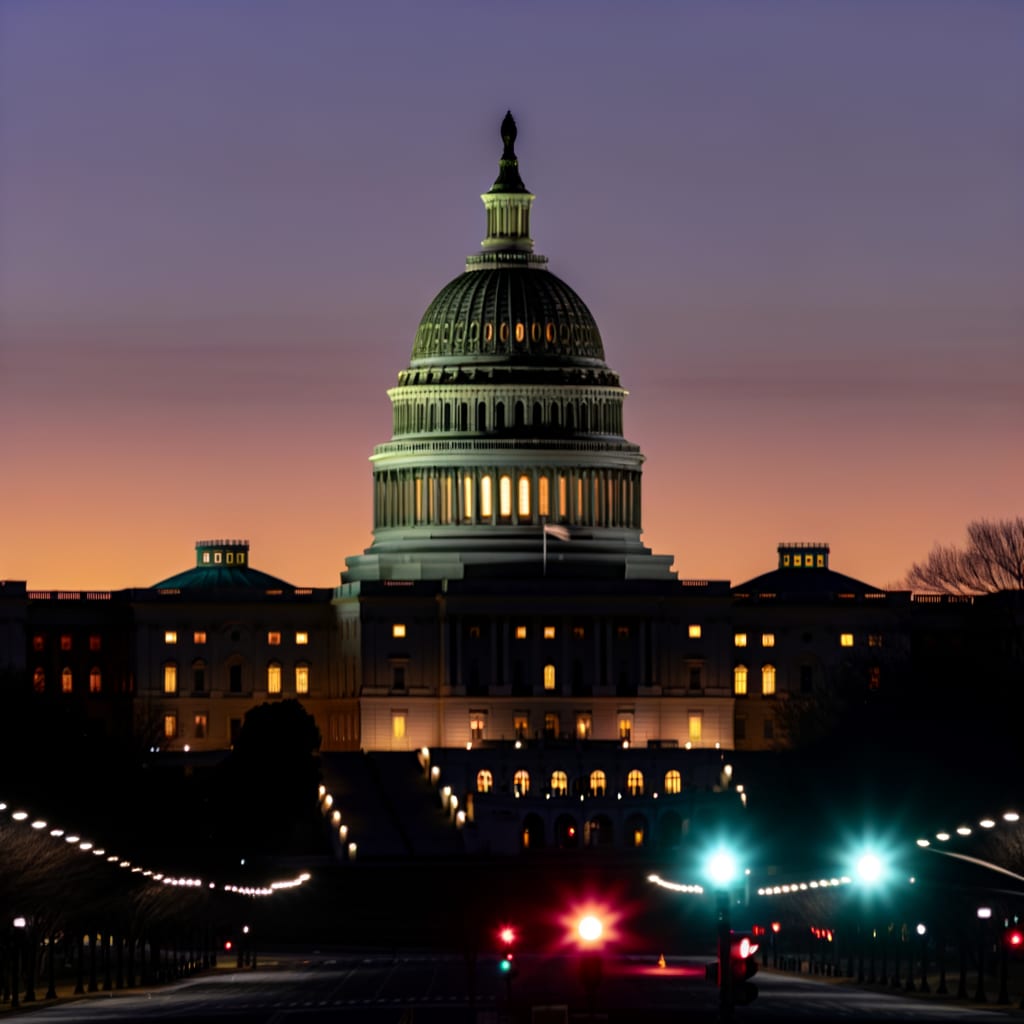US House of Representatives Passes Bill to End Longest Government Shutdown in History
After a record-breaking 43-day shutdown, the US House of Representatives approved a bipartisan deal leading to the end of the longest federal government shutdown in US history. President Donald Trump signed the legislation to fund the government, putting an end to a stalemate that had resulted in missed paychecks for federal workers, airline delays owing to air traffic controller staffing shortages and numerous other consequences.
Background and Context
The federal government entered a shutdown on October 1 over a dispute concerning health tax credits under the Affordable Care Act, which Democrats sought to extend into the next year. The shutdown saw President Trump fire several thousand workers and deep political divisions remain. The stalemate was not only felt in the political arena but also impacted everyday Americans, with Economist/YouGov reporting that 39% of Americans felt personally affected to a great deal or somewhat by the shutdown.
Key Developments
The bill approved by the legislature keeps funding the government at the same levels during fiscal year 2025 through Jan. 30, 2026. This provides additional time to hash out a longer appropriations measure for fiscal year 2026. The measure also funds the Supplemental Nutrition Assistance Program (SNAP) that more than 42 million Americans rely on through September.
Apart from these, the legislation also reverses the layoffs the Trump administration set into motion earlier in October. The bill was approved with 222 votes in favor and 209 against. Six House Democrats joined Republicans to approve the funding, marking a crucial shift in the deadlock.
Implications and Reactions
Despite the end of the shutdown, many concerns remain. The reopening of the government does not preclude other crises. If the majority and opposition cannot find an agreement, the specter of gridlock could return. As the government reevaluates its spending needs on Jan. 30, Rep. Rosa DeLauro, D-Conn., expressed concerns that not much would have changed by then.
On a more personal level, the shutdown took a toll on the faith and trust of the American people in their government. Research by maslansky+partners shows a trend of disengagement when people hear noise instead of meaning, leading to a lack of belief in the system.
Current Status
While the end of the shutdown is a relief, the long process of rebooting the government operations has now begun. From updating payroll systems to clearing backlogs of grant disbursements, loan applications, and unanswered customer calls, the work of reopening the government is far from over. However, with the legislation signed and the government reopened, there is hope that normalcy will soon return, both to the corridors of power and the everyday lives of the American people.

